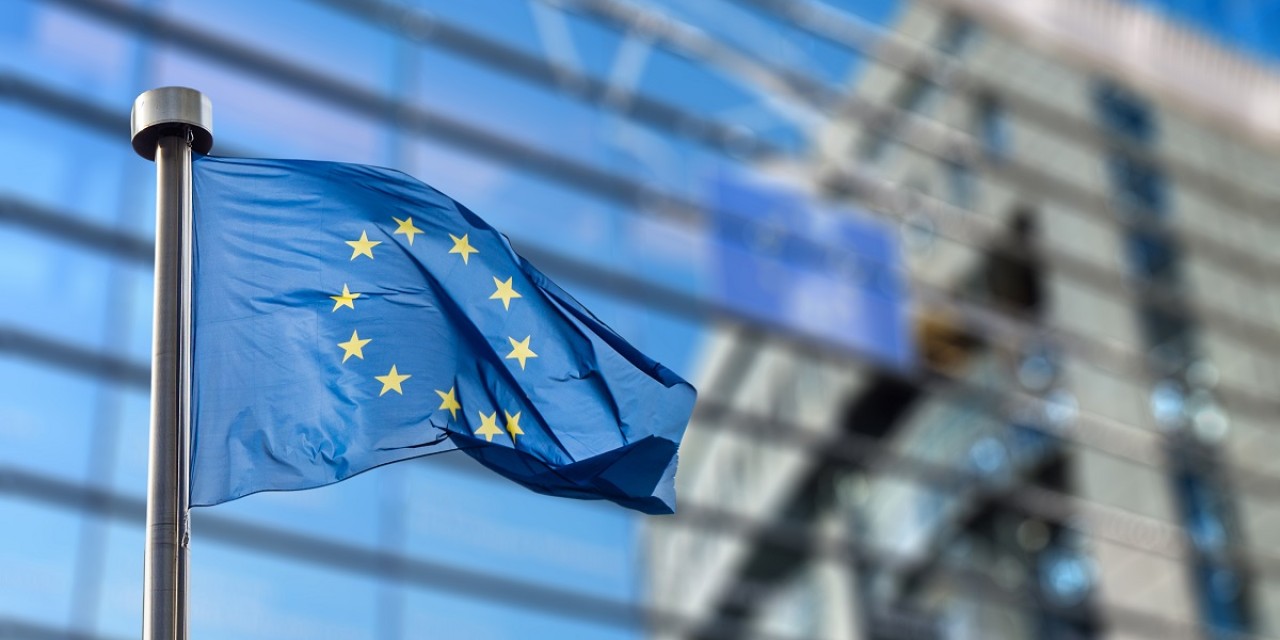Food industry calls for harmonised allergen labelling
Europe’s food and drink producers have called on the European Commission to come up with EU-wide standards on precautionary allergen labelling, arguing it is a much-needed step towards completing the single market.
The EU has strict rules on the labelling of allergens as ingredients in food products, but no standardised system for the precautionary labelling of allergens that may find their way into other products. Yet despite the best efforts of the food and drinks industry to prevent contamination, manufacturers can rarely guarantee that their products are completely free from traces of unwanted allergenic substances.
Precautionary allergen labelling
To minimise the risks associated with this uncertainty, manufacturers use precautionary allergen labelling (PAL). This takes the form of warnings on product packaging that they may contain traces of certain allergens, even if they are not on the list of ingredients. FoodDrinkEurope, a trade association representing Europe’s food and drinks producers, has warned that the absence of EU-wide rules on PAL is threatening the system’s credibility among consumers, putting allergy sufferers at greater risk and undermining the single market.
No quantitative criteria
The EU currently has no quantitative criteria for precautionary allergen labelling in foods or drinks, meaning that member states are free to carry out their own risk assessments and set their own benchmarks for risk levels that must be labelled.
However, lack of clarity over the meaning of PAL and the potential risks it indicates in different EU member states can lead consumers to make ill-informed choices, according to FoodDrinkEurope. The association said that allergy sufferers often think different standards represent a hierarchy of risk, or believe that they can safely consume certain products that may in fact pose a threat.

